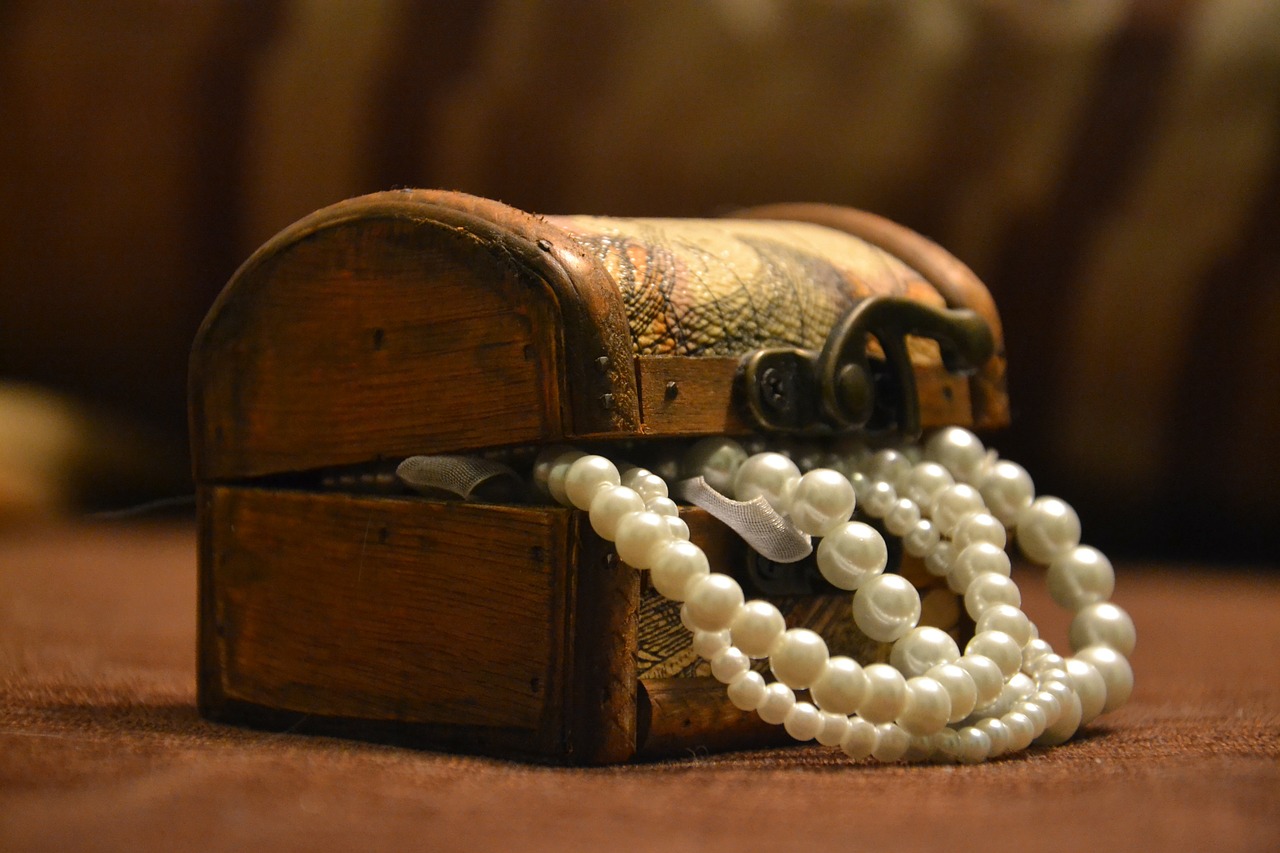Pearls have been a symbol of beauty for thousands of years and it is not uncommon to find one in the jewelry box of most women. However, few people realize that there is a variety of pearls to choose from.
Whether you’re looking to purchase new pearls from Topearl Handmade Jewelry or you’re getting them from somewhere else, it helps to understand how pearls are formed in nature so you can distinguish a quality pearl from those of lesser value.
How Pearls Are Formed
It may surprise you that not all pearls come from oysters as many people believe. Oysters are only one part of the mollusk family. Whether in nature or on a farm, pearls are usually formed in the same way.
An irritant is introduced into the mollusk to start the formation of the pearl. The irritant can be something a small as a grain of sand or a tiny bit of food. The mollusk instinctively wants to protect itself from the irritation, so it secrets a mineral substance called nacre; the same mineral substance it uses to create and grow its own shell.
It will continue to produce layers and layers of nacre to coat the grain of sand until it develops into a beautiful pearl.
1. Freshwater Pearls
The freshwater pearls are actually grown in mollusks and are produced without the aid of any human intervention.
Identifying freshwater pearls is relatively easy; they do not make a perfectly round shape but are irregular instead.
They also come in a wide range of colors that can range from a pure white to beautiful pinks, oranges, and lavenders.
2. South Sea Pearls
These large pearls are understandably the rarest. They have a very rich color and come in a variety of different hues that range from a glossy white to some with deep golden tones.
Most often found in the waters around Indonesia, Australia, and the Philippines, they are the absolute largest of any other pearls in the world.
3. Akoya Pearls
These are cultured pearls, meaning they have been grown in a pearl farm rather than in nature. Cultured pearls are made when a farm technician implants a mother-of-pearl bead inside of a mollusk and then it is returned to the water, monitored and cared for until the pearls actually form.
These pearls have a brilliant luster and are usually perfectly rounded and very white. These are usually the pearl of choice for special events like weddings and very elegant and refined occasions.
4. Tahitian Pearls
These are the pearls with the more exotic colors. Tahitian pearls are usually black but they also come in dark green, brown, and blue.
The darker colors are produced from a very specific type of oyster called the Tahitian black-lipped Pinctada margaritifer, which has a thick band of black along its outer shell.
In order for the pearl to be black, it must form somewhere near that black band so it can soak up its color.
Tahitian pearls have an extremely high quality and have a beautiful luster that sometimes is so high the pearl itself appears to have a metallic sheen to it.
5. Biwa Pearls
These pearls are not found in the open sea but instead are collected from the Biwa Lake in Japan, hence the name. They are freshwater pearls that are extracted from mussels rather than oysters.
Biwa pearls are unique in their shape, looking more like small grains of rice or sticks. They come in a variety of colors including the traditional white, black green, blue, and pink.
Many people use Biwa pearls for their healing and cleansing powers that run through the wearer’s mind and body.
6. Baroque Pearls
Baroque pearls differ from the conventional round pearl mostly because of their unusual shapes and sizes.
They are a very popular choice for jewelry because they are not usually spherical in shape but are round and flat with a very smooth surface.
The more unique Baroque pearls can be shaped like an egg, a cross, or even a square.
Whether you’re shopping for a pearl for yourself or you’re looking for a gift, choosing the right type of pearl will make all the difference.



























